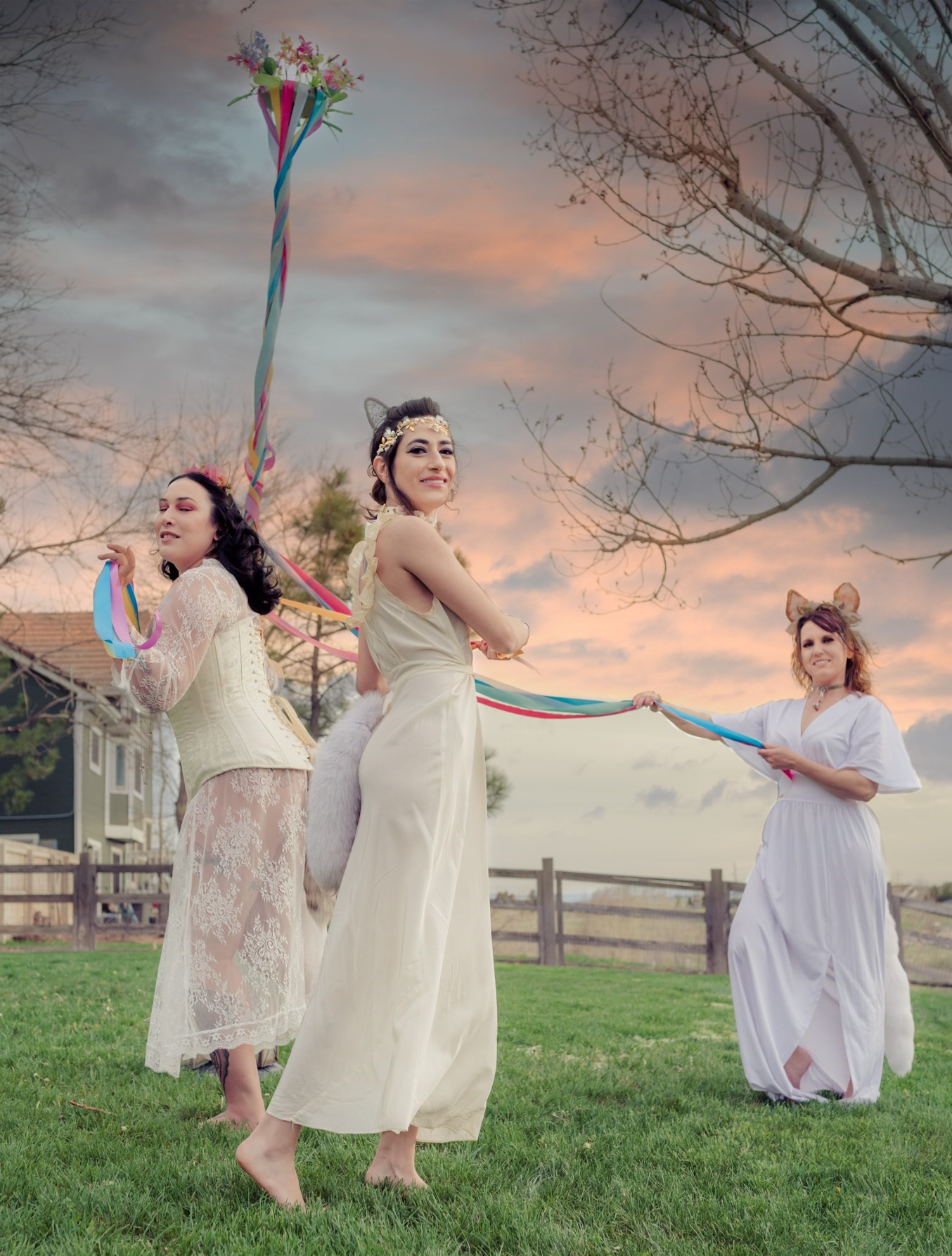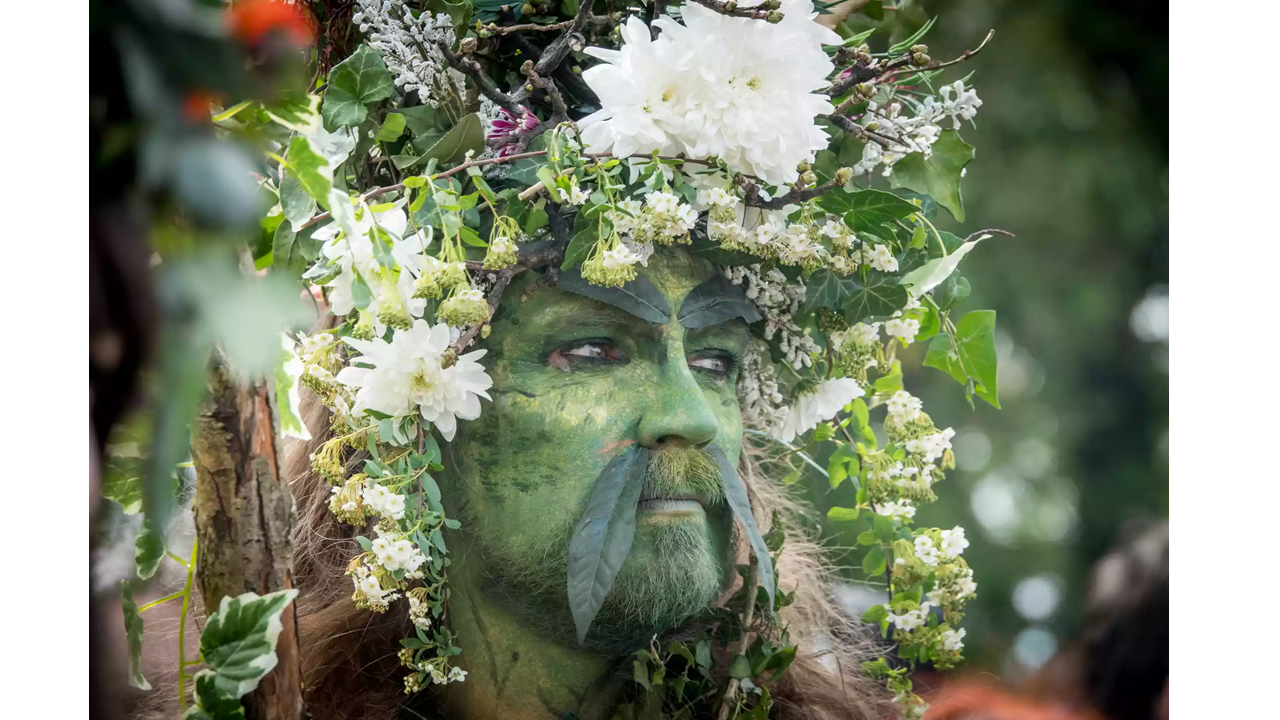Blessed Beltane
Blessed (belated) Beltane. This is the greeting that we bestow upon one another each year as this day arrives. This beautiful and dreamlike pagan holiday fell on a Friday this year, but it will always fall on May 1st. This day is also referred to by some as May Day.
I remember as a child that all through elementary school on or around May 1st there would be the surprise of friends by placing May Day baskets decorated with flowers and ribbons and filled with candy or flowers. Still, I never really knew where the history or the tradition of it came from or why we did such a thing.
With this article, I have compiled several sources to give a brief overview of the cultural importance and typical practices surrounding Beltane. This is just one celebration of spring. Many people around the globe celebrate in diverse ways, therefore I will be focusing only upon Western European traditions surrounding this holiday.
What is Beltane, and why is it celebrated? Beltane has become a pretty popular mainstream celebration; however, it is a pagan holiday that occurs on the cusp between spring and summer, Beltane is a Celtic word which means “fires of Bel” (Bel was a Celtic deity). It is a fire festival that celebrates the fertility of the fields of the coming year and promising for a bountiful harvest. Although inferred to the planting of the crops, this also extends to the romantic encounters of people as well.
The Beltane festival has existed for centuries and has been referred by various names by several cultures. The Celts honored their gods and goddesses of fertility by offering them gifts, building bonfires, and offering a sacrifice or tribute. The Romans celebrated this day as Floralia, a celebration for their goddess of flowers. The Green Man is another entity associated with Beltane and is often observed in England. This celebration differs because the Green Man is carried through town in a wicker cage as the townsfolk welcome the beginning of summer.
Beltane is celebrated today with one of the longest historical traditions. Bonfires are meant to represent the burning off of winter and purification. Often there will be dancing around the Maypole, which is a phallic symbol used to celebrate the rite of fertility. It will be decorated with beautiful spring flowers and ribbons. Dancers will skip and dance in opposite directions to weave the strips together until they are woven together tightly at the end.
According to the site, sacredwicca.com, they have listed out a series of colors that you can/should use for your modern-day Beltane celebration by either tying these colored ribbons around trees or using them for your Maypole and provide their meaning. Red for love and passion; white for peace and harmony; green for good fortune and wealth; purple for Spiritual growth; and Yellow for Joy.
To pay honor to the goddess does not necessarily require a large gathering. If you are not able to attend a festival or live where there is not a festival being held, you can still follow some ideas as presented by tesswhitehurst.com on your own. The first is to make a candle bonfire by placing a pillar candle on a plate. The purpose is still the same as the large bonfire. Secondly, be sure to frolic. You can accomplish this step by finding a joyful song, turning it up loud and dance to let it fill your body with happy emotion. Another way to enjoy Beltane on your own is to experience sensual pleasure. This can be done in any number of ways that will heighten your pleasure senses, from eating the most decadent piece of chocolate cake to soaking in a bath laden with the most fragrant of body oils, just to name two.
Whether you revel in welcoming of the new season with friends and partake of all the celebration or honor the on your own, you are sure to have a bountiful harvest for you reap what you sow. May your summer be fruitful.


The top of our Maypole.

A picture of The Green Man. Photo found on the internet, taken by Matt Cardy of Getty Images.
Sources cited for this article:
https://www.bbc.co.uk/religion/religions/paganism/holydays/beltane_1.shtml
https://www.huffpost.com/entry/may-day-beltane-pagan-holiday
https://tesswhitehurst.com/5-easy-ways-to-celebrate-beltane
https://www.learnreligions.com/beltane
https://www.huffpost.com/entry/may-day-beltane-pagan-holiday
https://beltane.org/about-beltane
https://sacredwicca.com/beltane
Wigington, Patti. “Beltane History – Celebrating May Day.” Learn Religions, Feb. 11, 2020, learnreligions.com/the-history-of-beltane-and-may-day-2561657.
Wigington, Patti. “How to Celebrate Beltane.” Learn Religions, Feb. 11, 2020, learnreligions.com/beltane-4159809.
Kittens are enjoying frolicking around the Maypole. Photo courtesy of Anna J. Jaskolska




That’s the way it should be, ideally!
Report commentBeltane is such a fun holiday. I used to attend an amazing Beltane party up in the California mountains I’ll never forget as long as I live!
Report comment@tygerheart. You will enjoy the celebration with the Chateau. They throw an amazing party.
Report commentLove this!
Report commentWonderful!
Report comment